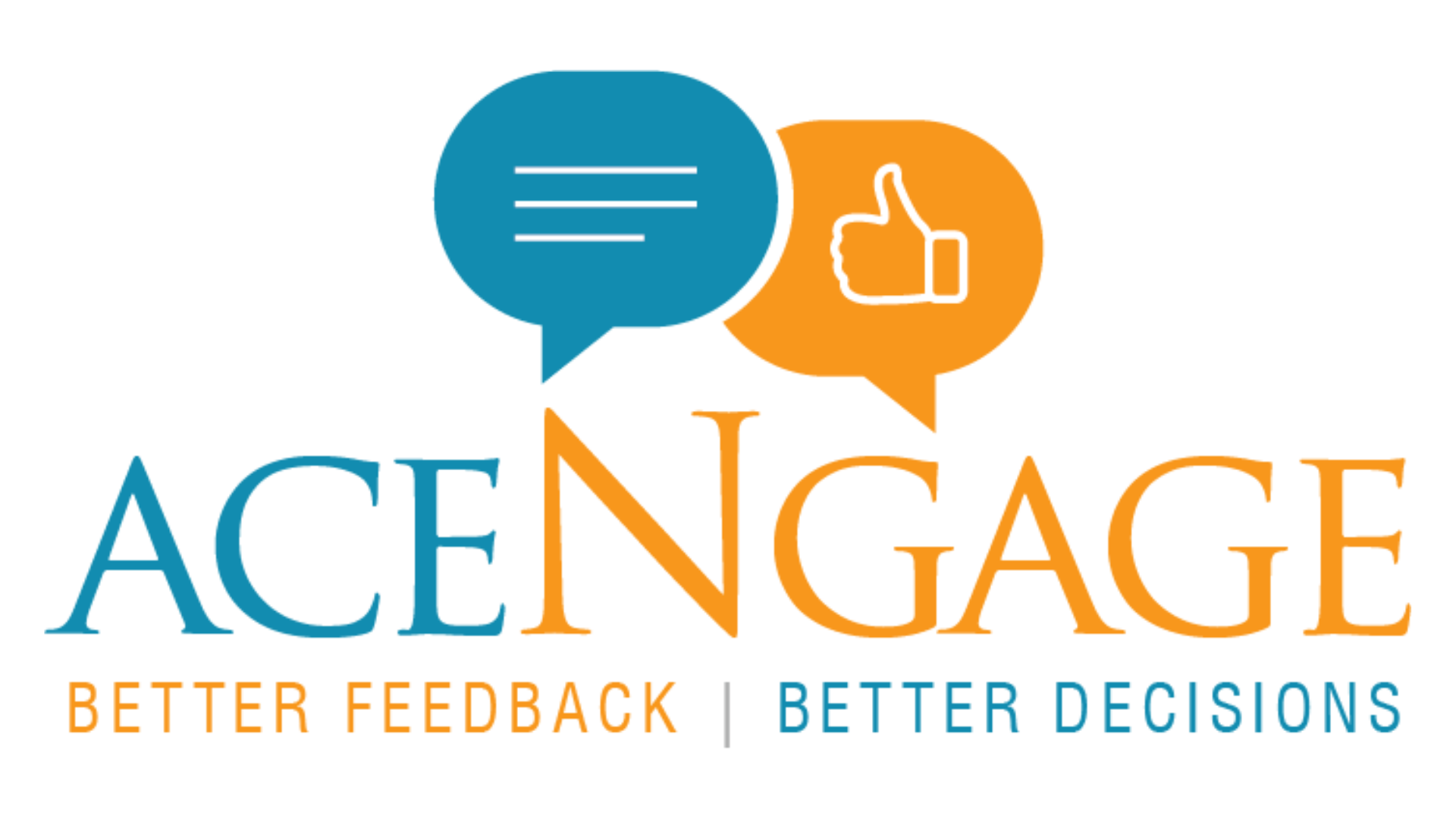As we celebrate Pride Month, it’s a time to reflect on the progress made in fostering diversity and inclusion, especially within our workplaces. Embracing diversity isn’t just about policies—it’s about creating environments where everyone feels valued and included. At AceNgage, we’re committed to driving these changes. This article explores practical ways to enhance workplace diversity and inclusion, offering thoughtful insights and supporting statistics.
know more about Diversity and Inclusion at workplace at AceNgage.com
Establishing a Zero-Tolerance Policy
45% of LGBTQ+ employees reported experiencing harassment or discrimination at work (SHRM, 2020).
Policy: Establish a zero-tolerance policy for harassment and discrimination, with clear reporting mechanisms and consequences for violations.
Insight: A zero-tolerance policy is the cornerstone of any inclusive workplace. It sets the standard for acceptable behavior and provides a safe space for all employees. According to the 2020 Workplace Culture Survey by the Society for Human Resource Management (SHRM), 45% of LGBTQ+ employees reported experiencing harassment or discrimination at work. Implementing a robust policy can significantly reduce these incidents and foster a more supportive environment.
Actionable Steps:
- Develop Clear Guidelines: Outline what constitutes harassment and discrimination.
- Establish Reporting Mechanisms: Create anonymous and accessible reporting channels.
- Enforce Consequences: Ensure that violations are met with appropriate actions.
Comprehensive Health Insurance
85% of Fortune 500 companies offer transgender-inclusive healthcare coverage (HRC, 2019).
Policy: Provide health insurance that covers LGBTQ+ specific healthcare needs, including hormone therapy, mental health support, and gender-affirming surgeries.
Insight: Health insurance that includes LGBTQ+ specific needs is crucial for employee well-being. The Human Rights Campaign’s 2019 Corporate Equality Index reported that 85% of Fortune 500 companies offer transgender-inclusive healthcare coverage. This inclusion not only supports employees’ physical health but also their mental and emotional well-being.
Actionable Steps:
- Review Current Coverage: Identify gaps in existing health insurance plans.
- Consult with Experts: Work with healthcare providers to include comprehensive coverage.
- Communicate Benefits: Ensure employees are aware of the available health benefits.
Recognition of Chosen Names and Pronouns
29% reduction in suicidal ideation among transgender youth when their chosen names are used (The Trevor Project, 2019).
Policy: Allow employees to use their chosen names and pronouns in all workplace settings and documentation, regardless of legal changes.
Insight: Respecting employees’ chosen names and pronouns fosters an environment of respect and affirmation. According to a 2019 study by The Trevor Project, using chosen names reduces suicidal ideation among transgender and non-binary youth by 29%. While the study focuses on youth, the principle applies across all age groups—respecting identities is fundamental to mental health and inclusion.
Actionable Steps:
- Update Systems: Ensure HR and IT systems can accommodate chosen names and pronouns.
- Educate Staff: Provide training on the importance of using correct names and pronouns.
- Regular Audits: Periodically review and update systems and practices.
Inclusive Employee Assistance Programs (EAP)
36% greater likelihood of outperforming peers for companies with greater diversity (McKinsey, 2020).
Policy: Ensure the Employee Assistance Program (EAP) includes counselors trained in LGBTQ+ issues.
Insight: An inclusive EAP can provide crucial support for LGBTQ+ employees. According to the American Psychological Association, LGBTQ+ individuals are more than twice as likely to experience mental health conditions compared to their heterosexual counterparts. Having access to counselors who understand their unique challenges can make a significant difference.
Actionable Steps:
- Vet Counselors: Ensure EAP counselors have training in LGBTQ+ issues.
- Promote Services: Make employees aware of the available support.
- Feedback Mechanisms: Collect and act on feedback from employees about EAP services.
Diversity and Inclusion Talent Pipeline
21% more likely to outperform on profitability with diverse leadership teams (Harvard Business Review).
Policy: Actively recruit from LGBTQ+ job fairs, networks, and organizations to build a more diverse talent pipeline.
Insight: Diverse recruitment strategies lead to a richer pool of talent. A McKinsey report from 2020 found that companies with greater diversity are 36% more likely to outperform their peers. By actively seeking talent from diverse sources, companies can enhance innovation and performance.
Actionable Steps:
- Partner with Organizations: Collaborate with LGBTQ+ groups and job fairs.
- Inclusive Job Postings: Ensure job descriptions are welcoming and inclusive.
- Track Progress: Measure and report on diversity in recruitment.
Encouraging Leadership
80% of employees feel more included when organizations support diversity celebrations (Deloitte).
Policy: Actively encourage and support LGBTQ+ employees in pursuing leadership roles within the organization.
Insight: Leadership diversity is crucial for organizational success. According to a Harvard Business Review article, companies with diverse leadership teams are 21% more likely to outperform on profitability. Encouraging LGBTQ+ employees to pursue leadership roles not only promotes inclusion but also drives better business outcomes.
Actionable Steps:
- Mentorship Programs: Establish mentorship opportunities for LGBTQ+ employees.
- Leadership Training: Offer training programs tailored to aspiring leaders.
- Visibility and Support: Highlight and support LGBTQ+ leaders within the company.
Celebrating Diversity and Inclusion
Policy: Organize and support events that celebrate diversity, such as LGBTQ+ pride events, inclusive holiday celebrations, and diversity-themed social gatherings.
Insight: Celebrating diversity through events fosters a sense of belonging and community. A Deloitte study found that 80% of employees feel more included when their organizations support diversity celebrations. These events can serve as powerful reminders of the company’s commitment to inclusion.
Actionable Steps:
- Plan Events: Organize events that celebrate diverse cultures and identities.
- Encourage Participation: Involve employees in planning and participating in these events.
- Share Stories: Use these events to share stories and experiences of diverse employees.
Final Thoughts
As we continue to celebrate Pride Month, it’s essential to remember that diversity and inclusion are ongoing commitments. By implementing thoughtful and insightful policies, we can create workplaces where everyone feels valued and included. Let’s use this month as a springboard for lasting change, ensuring that our workplaces are truly inclusive for all.








